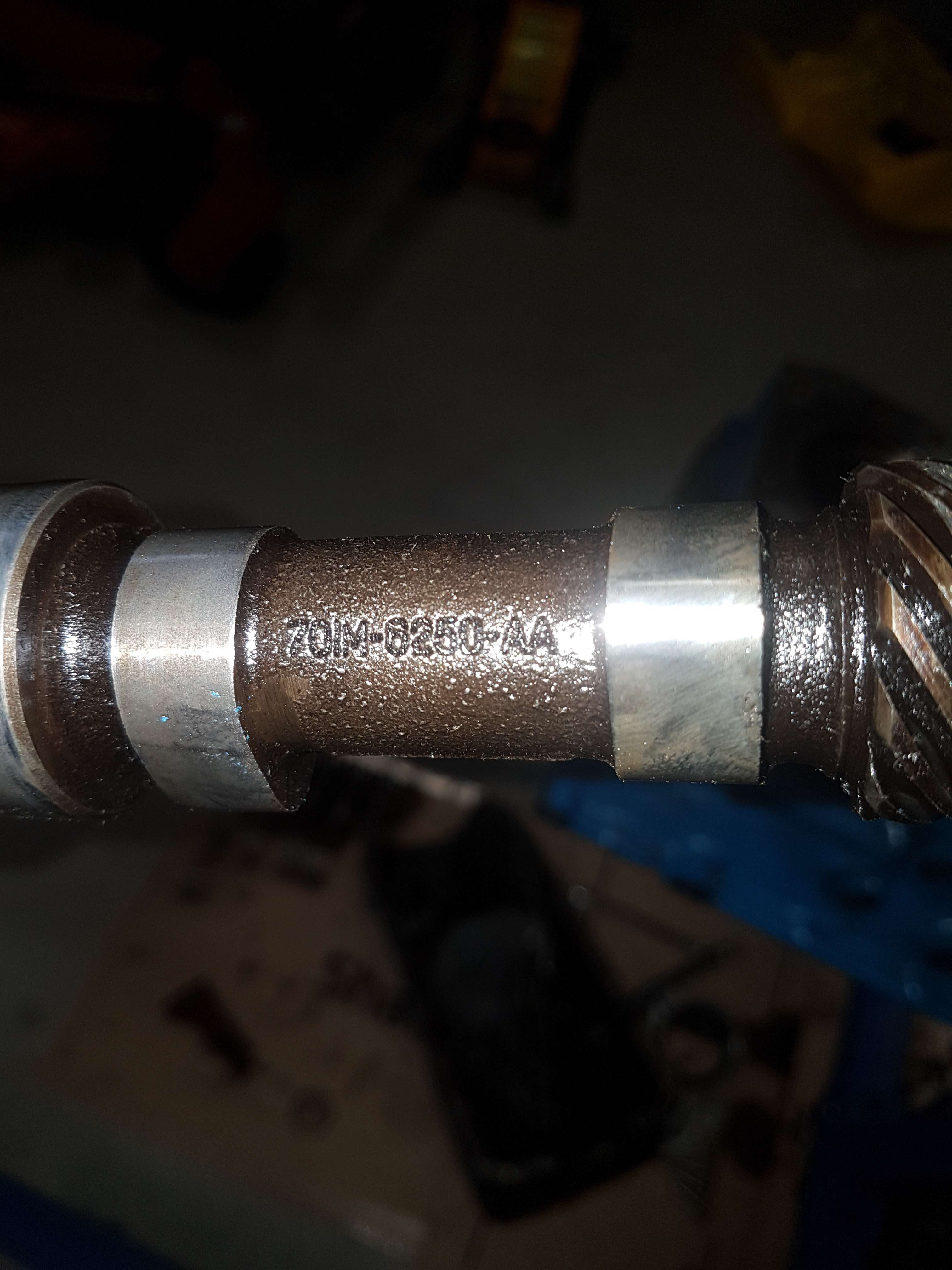Page 2 of 2
Posted: Wed Dec 12, 2018 9:49 am
by Langlia
Going to drop my crank off today so I will inquire about the valve sizes.
Will going up valve sizes offer increase in torque as well or will that suffer for the extra ponies?
Is there any chart or graph available that details power ranges in regards to valve sizes?
Yea not sure about all the history on this head. Very nice job someone did though. 1.1 Not a very common motor to keep around?
Posted: Thu Dec 13, 2018 8:10 am
by Langlia

Also is this a GT cam?
Posted: Thu Dec 13, 2018 9:09 am
by s2europa
That's interesting. The 701M casting in the cylinder blocks would be for a Lotus twin cam. Not sure about the camshaft.
Posted: Thu Dec 13, 2018 11:49 am
by peteleo
Info i have on a 701M-6250 AA is the same cam as 771-6250 DA or
Ford finis # 1473447 1300 / 1600 Kent. Fiesta
Posted: Thu Dec 13, 2018 2:01 pm
by Langlia
Thanks guy,
Safe to conclude it's just a standard 1600 cam then?
If that's the case, it's good to sell to the Formula Ford guys?
Posted: Thu Dec 13, 2018 2:38 pm
by s2europa
I found this.
The next point is that THE ONLY CAMSHAFT THAT YOU CAN USE IS THE ONE LISTED IN THE FORMULA FORD TECHNICAL REGULATIONS and I quote:,The only permitted camshaft is that specified for formula ford use,Part number 771m-6250-BA.The camshaft must remain entirely unmodified. It must be fully manufactured and ground to the FORD MOTOR COMPANY profile by the designated supplier FFI (Formula Ford International) also with the serial number in the example form 'FFI 103' on the rear face of the camshaft.
Posted: Thu Dec 13, 2018 3:11 pm
by Langlia
Good info!
Need to find a buyer for a standard cam now I guess

Posted: Fri Dec 14, 2018 11:29 am
by Brett Wilkie
[quote="Langlia"]Going to drop my crank off today so I will inquire about the valve sizes.
Will going up valve sizes offer increase in torque as well or will that suffer for the extra ponies?
Is there any chart or graph available that details power ranges in regards to valve sizes?
Yea not sure about all the history on this head. Very nice job someone did though. 1.1 Not a very common motor to keep around?[/quote
I have not done much comparison testing on crossflows myself so we will have to rely on what the so called experts say on the internet. It does make sense though to have the valve size reasonable, you are putting a big cam in and twin DCOEs so it can breathe better so why hold it back with small valves? As I mentioned before, you should do some reading on the topic, here is a copy/paste quote from one of those links. When I read that it looks like valve size is important.
CYLINDER HEAD
The port design is actually pretty good - round and fairly straight and with a reasonable downdraft angle so the flow per square inch of valve area can be brought up to pretty high levels. Being a Heron type head there's no chamber shrouding to worry about either. For the engine size though (in 1600 trim at least) the valves are small. The 1300 and standard 1600 had 38.2mm inlet valves and 31.5mm exhausts. The 1600GT engine had 39.2mm inlets and 33.7mm exhausts. As a very minimum go straight to these sizes for a modified head because the increase in valve area is well worth it in power terms. Most modern engines have much bigger valves to start with. The 40mm inlets of the VW Golf , 41.6mm in the Peugeot 205 and the 42mm ones of the CVH engine for example. The first common oversize for the crossflow is a 41.3mm inlet valve which is available off the shelf in OE material with a chromed stem for very little money. It fits nicely with the 33.7mm exhaust in any head and makes the most cost effective solution for any decently modified engine. The problem with going much bigger than this is the spacing between the inlet and exhaust valve. The specification figure here is 1.54" (39.1mm) with a few thou variation depending on how well the tooling at the factory was set up when the head was drilled. This measurement limits how big the valves can be before they touch. Copyright David Baker and Puma Race Engines
